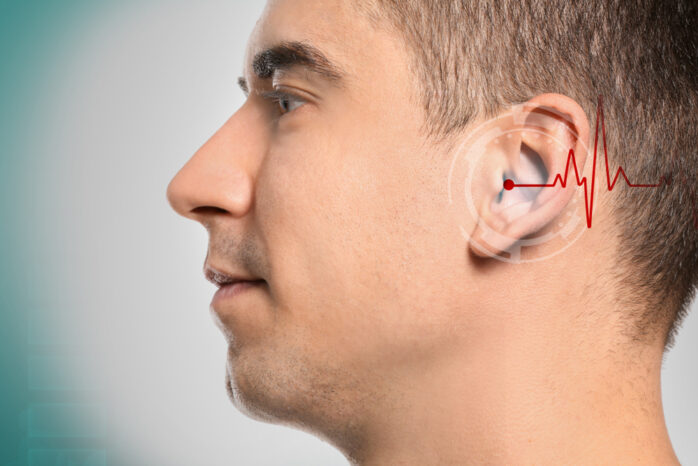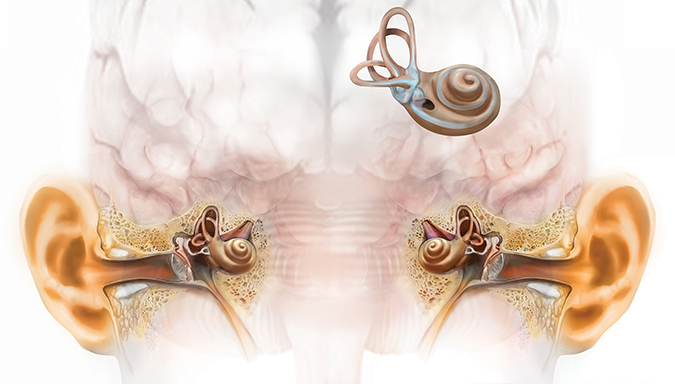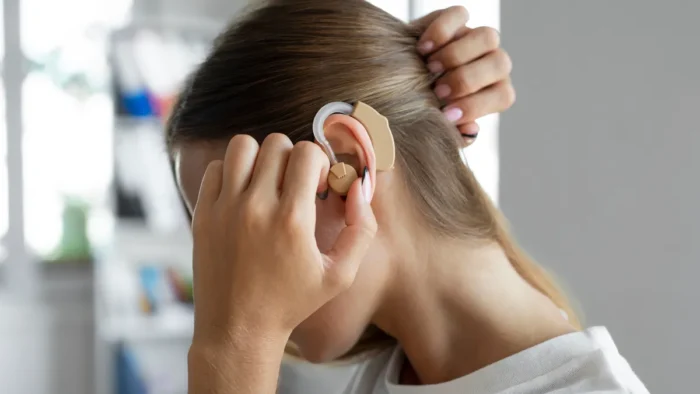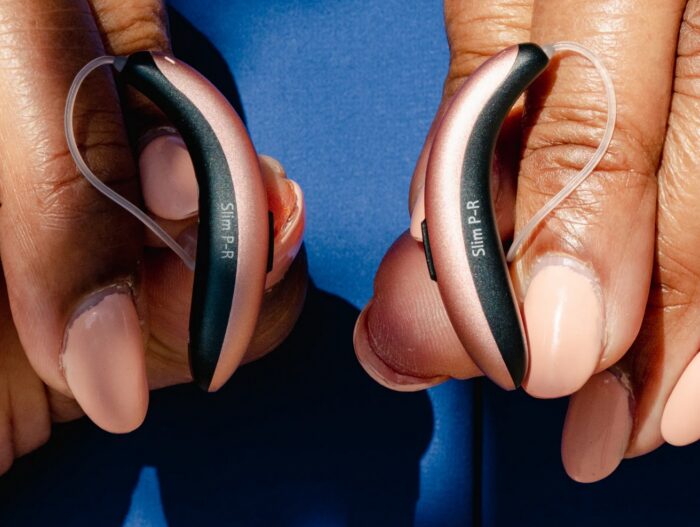
Hearing aids: they’re the small devices that work wonders in amplifying sound for those with hearing loss. Yet, despite their significance in many people’s lives, there are a myriad of myths and misconceptions surrounding them. It’s crucial, especially for those considering or using listening aids, to differentiate between fiction and fact. Dispelling these misconceptions isn’t just about setting the record straight—it’s about empowering those with hearing loss to make informed decisions.
Myth 1 – Hearing Aids are Only for the Elderly

Many imagine a senior when they think of someone with hearing aids. However, hearing loss isn’t exclusive to the elderly. Various causes, from noise-induced damage to genetic factors, can affect individuals across all age groups. In fact, the World Health Organization reports that around 15% of the global population has some form of listening impairment. Among these, a significant percentage comprises children and adults below 60. Hence, listening aids serve as essential tools for many younger individuals, ensuring they can navigate daily life without auditory hindrances.
Myth 2 – Hearing Aids Restore Perfect Hearing
No, hearing aids aren’t magic. They don’t “cure” listening loss; rather, they amplify sounds to make them more discernible for the user. Their primary function is to aid those with compromised listening. For many, this translates to a substantial improvement in daily interactions, enhancing conversations, and sensory experiences. But it’s crucial to understand that listening aids aren’t universal solutions. Individual experiences with them differ widely based on the type, severity, and nuances of hearing loss. Their purpose isn’t to promise perfect listening, but to substantially elevate auditory perceptions for a more enriched life.
Myth 3 – Hearing Aids are Large and Obtrusive
Hollywood, for years, has often depicted listening aids as prominent, bulky devices awkwardly situated in one’s ears. While this characterization might have held some truth in the past, it’s a glaring misrepresentation today. By 2024, innovations in audiology have blessed us with sophisticated, streamlined designs. These modern devices fit with such subtlety, either inside or snugly behind the ear, that they often go unnoticed. With both in-the-ear and behind-the-ear models available, users have an extensive range of stylish, discreet options, ensuring that hearing aids don’t just aid hearing but also accentuate their confidence.
Myth 4 – You Only Need One Hearing Aid if You Have Hearing Loss in One Ear

On the surface, it seems straightforward—one impaired ear, one hearing aid. But hearing is a complex process. Our brains interpret auditory signals from both ears, allowing us to pinpoint sound sources. This is termed sound localization. Binaural (two-ear) listening aids, even when only one ear exhibits listening loss, have shown to drastically improve this ability. They offer users a holistic auditory scene, making the experience not just louder but richer, more detailed, and more immersive.
Myth 5 – Buying Hearing Aids Online Without Professional Guidance is Sufficient
The age of digital shopping has provided unmatched convenience. But hearing aids demand more consideration than merely adding to cart. These aren’t generic gadgets; they’re personalized medical devices. An audiologist’s expertise is pivotal in diagnosing the exact nature of listening loss and subsequently recommending the optimal model, fit, and settings. While online platforms may dangle attractive deals and discounts, the intrinsic value of a professional’s insight—assuring that the listening aid truly complements an individual’s unique needs—is peerless.
Myth 6 – Hearing Aids Will Completely Cure Tinnitus
Tinnitus, an often-distressing condition characterized by persistent ringing, buzzing, or humming in the ears, affects countless individuals. A prevalent belief positions hearing aids as the panacea. In reality, while listening aids won’t eradicate tinnitus, they play a significant role in symptom management. By magnifying external sounds, the relative loudness of tinnitus often recedes, making it less dominant. This masking effect provides invaluable relief, allowing many to reclaim their tranquility and focus.
Myth 7 – Hearing Aids Don’t Require Maintenance

Electronic devices, regardless of their sophistication, demand care. This holds particularly true for listening aids, given their daily usage in diverse environments. Regular cleaning wards off wax and debris. Battery replacements are vital for uninterrupted functioning. Periodic consultations with professionals recalibrate the device to evolving needs. Adhering to a diligent maintenance routine not only prolongs the device’s lifespan but ensures users consistently receive the highest quality auditory input.
Myth 8 – Hearing Aids Make All Sounds Equally Loud
Today’s listening aids are leaps ahead in technological prowess compared to their predecessors. Gone are the days of indiscriminate amplification. Equipped with intricate algorithms and sensors, they discern and selectively amplify specific sound frequencies, congruent with a user’s listening profile. Rather than universally elevating volume, they aim for equilibrium. They enhance faint sounds, ensuring audibility, while maintaining louder sounds at comfortable levels, preventing auditory discomfort.
Myth 9 – Hearing Aids Are Uncomfortable to Wear

Misconceptions about discomfort can deter many from exploring hearing aids. However, modern designs prioritize wearer comfort. They employ gentle, hypoallergenic materials, meticulously crafted to nestle within or around the ear effortlessly. Moreover, contemporary listening aids are custom-fitted, designed to mirror the unique contours of an individual’s ear. The result? A majority of users find today’s listening aids not only unobtrusive but also remarkably comfortable, facilitating all-day wear with ease.
Myth 10 – Hearing Aids Are Not Worth the Cost
Hearing aids, undeniably, represent a significant investment. Yet, their cost should be weighed against the spectrum of benefits they deliver. Beyond improved audibility, they facilitate clearer communication, bolstering personal and professional relationships. They enhance situational awareness, recognizing crucial auditory cues like alarms or approaching vehicles, thereby promoting safety. Additionally, mounting research indicates potential cognitive dividends, suggesting that improved listening can bolster cognitive health. The cumulative value of these benefits, both tangible and intangible, profoundly surpasses the initial investment.
Conclusion – Embracing Accurate Information about Hearing Aids
Misconceptions can cloud judgment and decision-making. As we’ve debunked these myths, it’s clear that understanding the truth about hearing aids is paramount. For those considering or using them, remember to always seek professional guidance. By staying informed and proactive, individuals can ensure optimal listening health and an improved quality of life.











